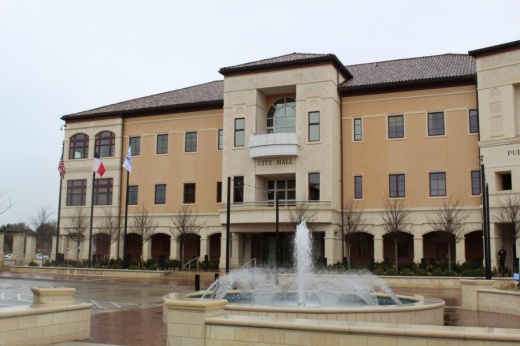According to the presentation, Colleyville saw a decrease in both Part 1 crimes, which include violent and property crimes, and Part 2 crimes, which include drug offenses, fraud, simple assaults and others. Part 2 crimes decreased by 19% over 2019, which Miller said was due to the “COVID effect.”
With fewer people driving because of COVID-19 restrictions, fewer people were charged with driving under the influence, Miller said. DUI offenses declined from 92 in 2019 to 72 in 2020, he said.
Traffic stops and crashes declined over the year for the same reason, Miller added. Colleyville Boulevard saw the greatest number of crashes of any street in the city in both 2019 and 2020, but the number of crashes decreased by 50% from 2019 to 2020, according to the presentation.
Miller also explained the NIBRS data is more detailed than the previous methodology used by the city, which was the FBI Uniform Crime Reporting program. The new data tracks more categories and has different methods of categorizing crimes, Miller said.
Under the NIBRS, multiple crimes committed in a single incident are recorded as separate crimes, whereas under the previous system, the Summary Reporting System, only the highest-level crime would be recorded.
In 2017, after Texas began transitioning to the NIBRS, the FBI cautioned changes in how data is reported might cause the misconception that crime is increasing.
“If the rate happens to be higher, it does not necessarily represent an actual increase in crime; it is merely a more accurate reflection of crime that has already been occurring,” the FBI’s statement said.
Texas state agencies began transitioning to the NIBRS in 2015, and Colleyville submitted its first local NIBRS report in December 2019.





